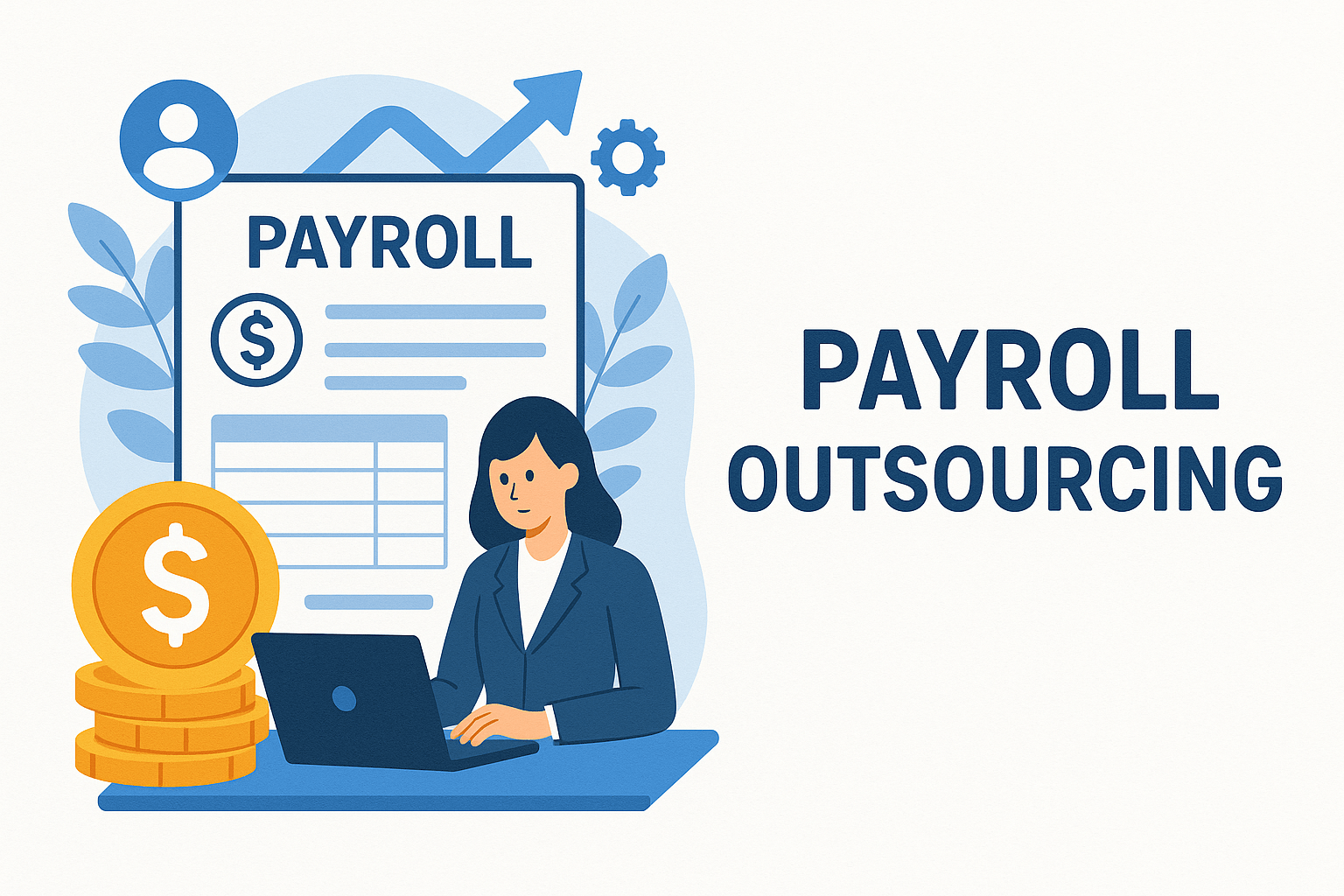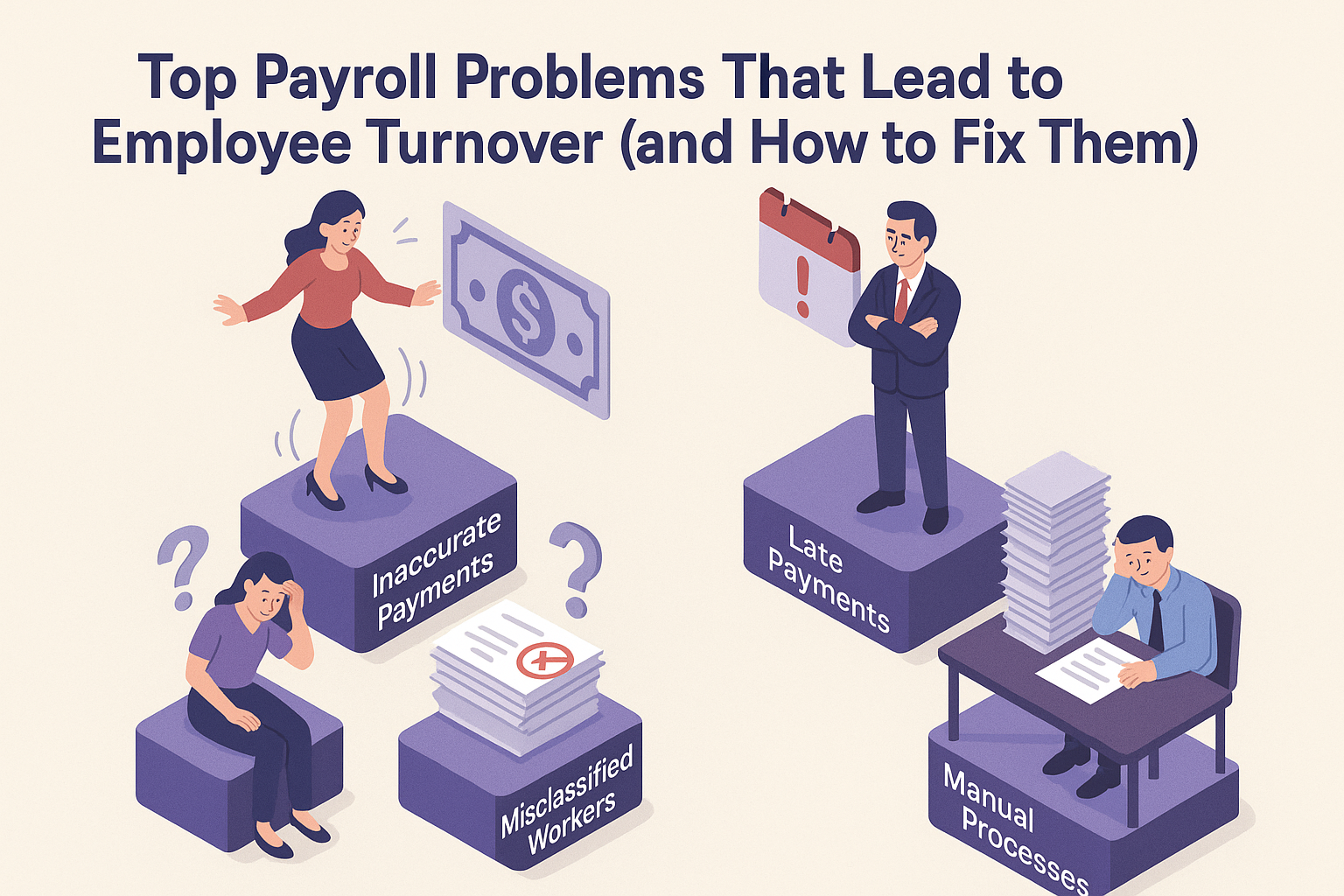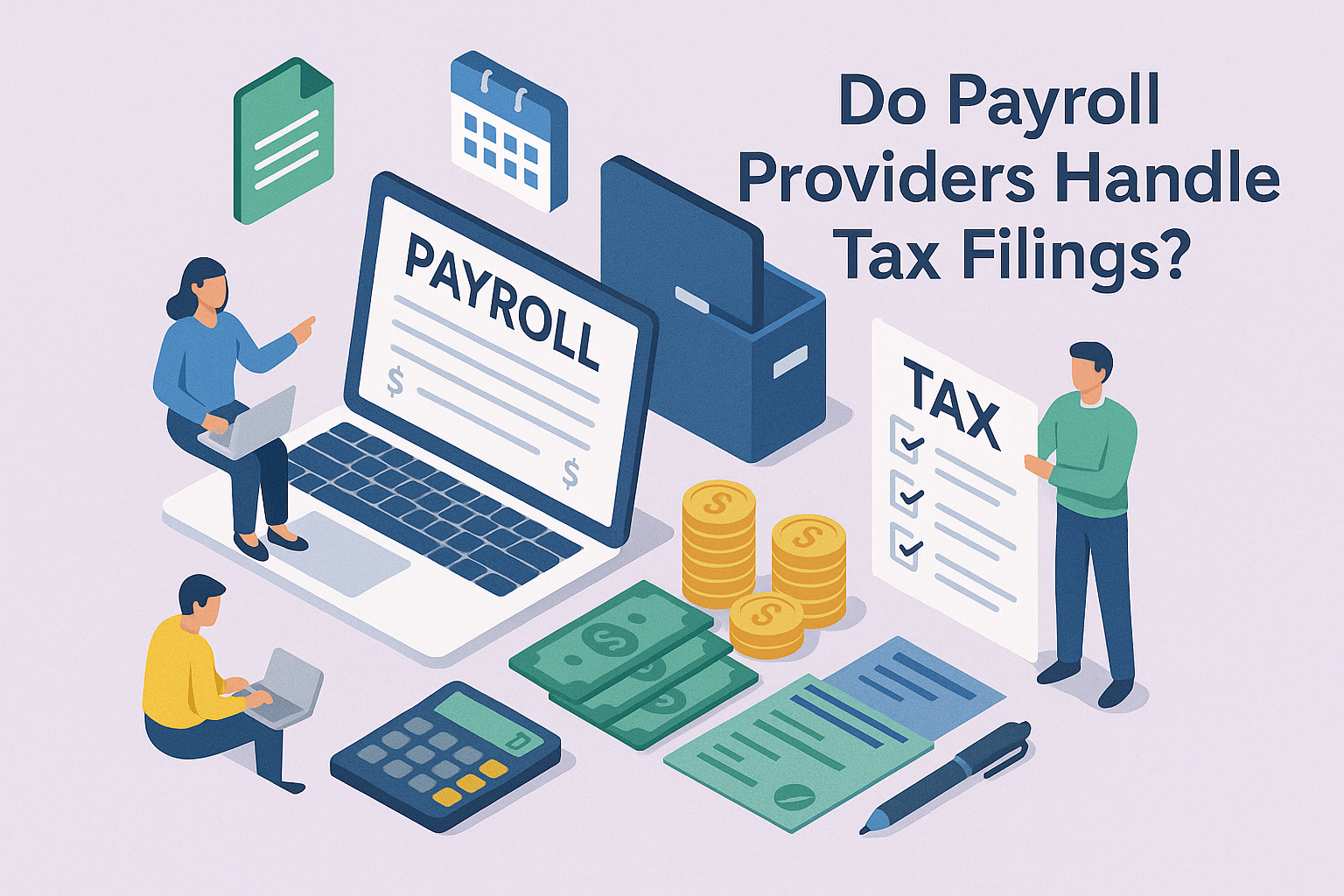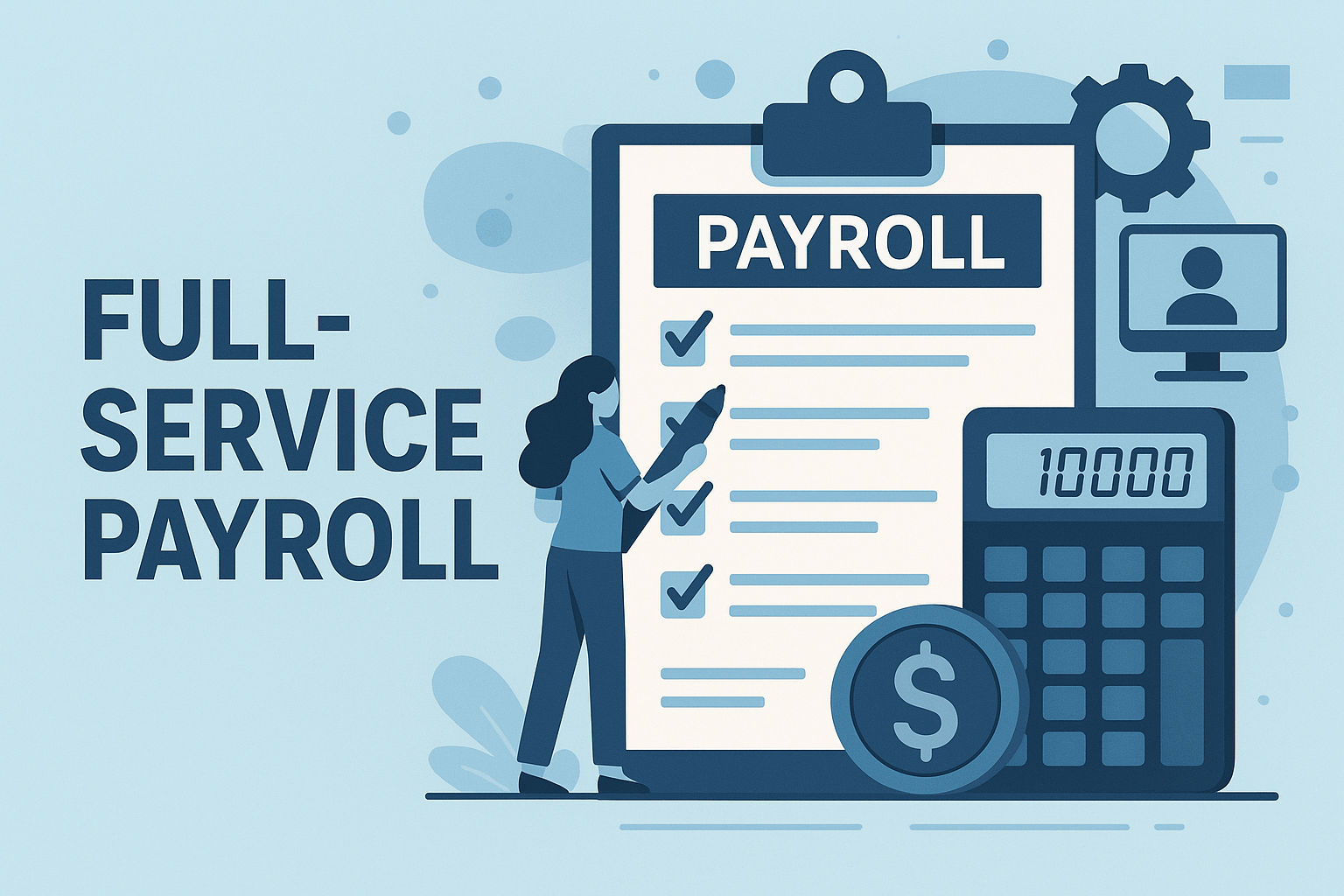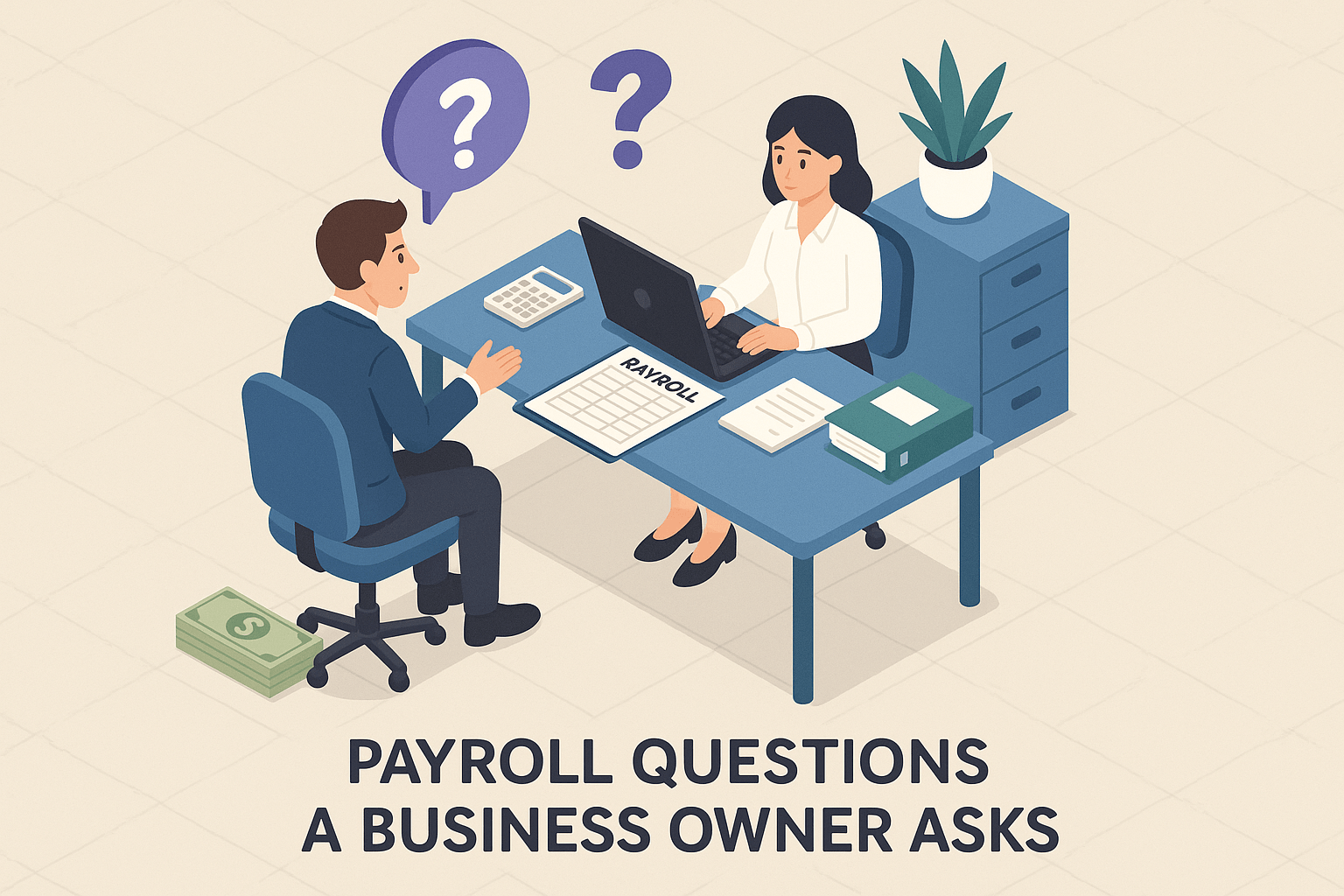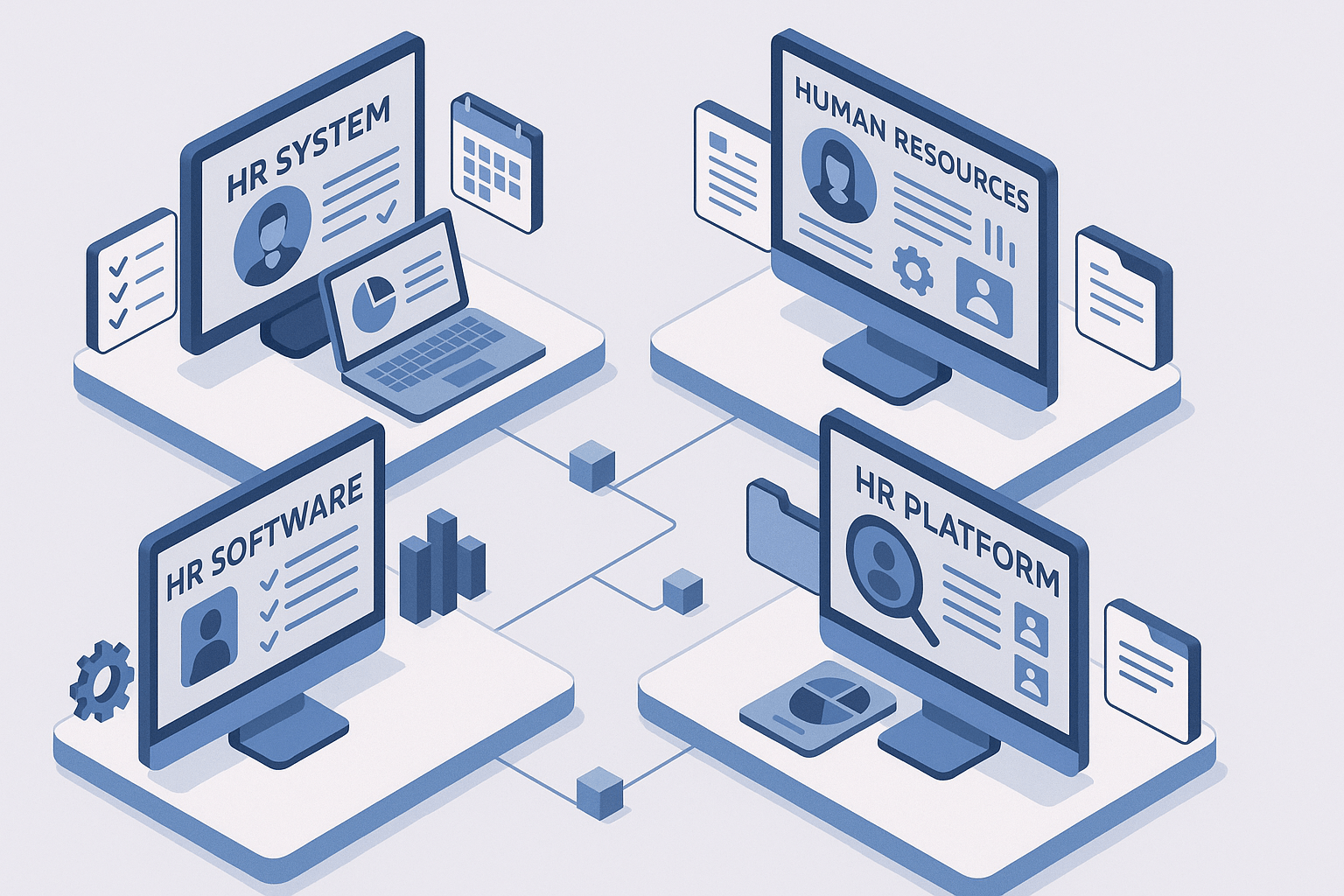
Are you struggling with managing your workers' compensation costs? Do you find the annual premium payments and complex audit processes of traditional workers' compensation insurance overwhelming and frustrating? If so, you're not alone. Many business owners face these challenges, which can lead to financial strain and administrative headaches.
At Lift HCM, we've guided countless businesses through workers' compensation insurance intricacies. With years of experience and a deep understanding of both traditional and Pay-As-You-Go models, we know what works and what doesn't. Our expertise allows us to provide clear, actionable advice to help you navigate these options effectively.
In this article, we promise to break down the differences between traditional workers' compensation insurance and the Pay-As-You-Go model, helping you understand which option best suits your business needs. We'll cover the pros and cons of each approach, providing you with the insights necessary to make an informed decision and improve your financial management.
Table of Contents
- How Traditional Workers' Compensation Works
- What is Pay-As-You-Go (PAYG) Workers' Compensation?
- Pros of Pay-As-You-Go-Workers' Compensation
- Cons of Pay-As-You-Go Workers' Compensation
- How to Decide if Pay-As-You-Go Workers' Compensation is Right for Your Business
- Ready For a Lift That Will Benefit Your Business?
How Traditional Workers' Compensation Works
Traditional workers' compensation insurance is a standard model where businesses pay a fixed annual premium based on their estimated payroll for the year. This premium covers providing medical benefits and wage replacement to injured employees.
When you purchase a traditional workers' compensation policy, the insurer calculates your premium based on several factors:
- Payroll estimates: The anticipated total payroll for the year
- Industry classification: The risk associated with your industry
- Experience modification factor (EMR): A measure of your company's claim history compared to the industry average
Traditional workers' compensation plans require businesses to estimate their annual payroll at the beginning of the policy term. Based on this estimate, businesses make substantial upfront payments, which can lead to significant cash flow challenges. If the estimated payroll differs from the actual payroll, it results in discrepancies during year-end audits. Higher-than-expected payroll can lead to unexpected additional charges, while overestimated payroll may mean waiting for a refund, creating further financial unpredictability.
Common Challenges and Drawbacks of Traditional Workers' Compensation
- Cash Flow Issues: Large upfront premium payments can strain cash flow, especially for small businesses
- Inaccuracy in Estimates: miscalculating payroll can lead to significant discrepancies during the year-end audit, resulting in unexpected costs or refunds
- Administrative Burden: Estimating payroll, managing premium payments, and undergoing audits can be time-consuming and administratively challenging
What is Pay-As-You-Go (PAYG) Workers' Compensation?
Pay-as-you-go workers' compensation is an alternative model designed to offer more flexibility and ease of management. Instead of paying a hefty upfront premium, businesses pay their workers' compensation premiums based on their actual payroll in real-time, typically with each payroll cycle.
How It Works
With a pay-as-you-go plan, your premium payments are calculated based on the actual payroll figures as they occur rather than estimates. Here's a breakdown of the process:
- Integration with Payroll: The workers' compensation premium is calculated and deducted with your regular payroll process.
- Real-Time Adjustments: Because the premium is based on actual payroll, any changes in payroll (such as seasonal fluctuations or staffing changes) are immediately reflected in your premium payments.
- No Year-End Audit: Pay-as-you-go's real-time nature eliminates the need for an annual audit to reconcile estimated vs. actual payroll, reducing administrative burdens and the risk of unexpected costs.
Advantages and Potential Cost Savings
- Improved Cash Flow: Smaller, more manageable premium payments spread throughout the year can alleviate cash flow pressures.
- Accuracy: By basing premiums on actual payroll, you avoid the risk of overpaying or underpaying due to inaccurate payroll estimates.
- Administrative Ease: Integrating workers' compensation premiums with your payroll process streamlines administration, saving time and reducing complexity.
- Scalability: This model particularly benefits businesses with fluctuating payrolls, such as seasonal workers or project-based staffing.
Pros of Pay-As-You-Go-Workers' Compensation
Improved Cash Flow Management
One significant advantage of pay-as-you-go workers' comp is the improvement in cash flow management. Since premiums are paid based on actual payroll each pay period, there are no large upfront payments. This approach aligns premium payments more closely with cash flow, making it easier to manage your finances.
Reduced Risk of Overpayment
Pay-as-you-go plans significantly reduce the risk of overpayment. Traditional plans often result in overestimations or underestimations of payroll, leading to financial adjustments at the end of the year. By basing premiums on real-time payroll data, pay-as-you-go plans ensure that you only pay for what you owe, minimizing financial discrepancies.
Simplified Payroll Processes
Integrating workers' comp premiums with your payroll system can streamline administrative tasks. Automation reduces the need for manual calculations and the potential for human error. This integration saves time and decreases the burden on your HR department, allowing them to focus on more strategic tasks.
Cons of Pay-As-You-Go Workers' Compensation
Possibility of Errors in Payroll Documentation
The accuracy of pay-as-you-go workers' comp plans depends heavily on precise payroll reporting. Inaccuracies in payroll data can lead to incorrect premium calculations, which might result in financial discrepancies or penalties. Ensuring accurate and timely payroll submissions is crucial for the success of this system.
Transitioning from Conventional Approaches
Transitioning from a traditional workers' comp plan to a pay-as-you-go model can be complex. It requires careful planning and coordination to ensure a smooth transition. Businesses must be prepared for potential administrative challenges and ensure all necessary systems and processes are in place.
Dependency on Accurate and Timely Payroll Submissions
Pay-as-you-go plans require payroll data to be submitted accurately and on time. Delays or mistakes in payroll processing can disrupt premium calculations and impact your coverage. Businesses need to have strong and dependable payroll processes in place to fully benefit from this system.
How to Decide if Pay-As-You-Go Workers' Compensation is Right for Your Business
Deciding whether to switch to a pay-as-you-go workers' comp plan involves evaluating your business's specific needs and circumstances. Here are some key factors to consider:
Business Size
- Small businesses often benefit from pay-as-you-go plans due to improved cash flow management and reduced administrative burden. Smaller upfront costs and the ability to adapt to changing payroll sizes can be advantageous.
- Large businesses may prefer traditional plans with stable, predictable payrolls. However, pay-as-you-go can still offer flexibility and prevent overpayment.
Industry
- Industries with Fluctuating Payrolls: Sectors like construction, hospitality, and retail, which experience seasonal variations in staffing, are better suited for pay-as-you-go plans. This ensures premium payments match actual payrolls, avoiding significant discrepancies.
- Stable Payroll Industries: Businesses in industries with steady payrolls, such as professional services or manufacturing, might find traditional plans more predictable and manageable.
Financial Goals
- Cash Flow Management: If maintaining steady cash flow is a priority, pay-as-you-go plans offer smaller, more frequent payments that can alleviate financial pressure.
- Budget Predictability: Traditional plans provide fixed annual payments based on estimates, which can simplify budgeting if payroll remains stable.
- Current Cash Flow: Assess how a pay-as-you-go plan could improve your cash flow management.
Choosing between traditional workers' compensation and pay-as-you-go workers' compensation can significantly impact your business's financial health and operational efficiency.
Traditional plans offer the advantage of predictability. Fixed annual payments allow you to budget for workers' compensation costs more easily. However, this fixed structure can be rigid and challenging to manage. Businesses with fluctuating payrolls, such as those in seasonal industries or startups, may find the large upfront costs or fixed installments a strain on their cash flow. Additionally, traditional plans rely on estimates of your annual payroll. If your actual payroll differs significantly, you could face audits and year-end adjustments, potentially resulting in owing money or receiving a refund.
Pay-as-you-go workers' compensation offers greater flexibility. Premiums are based on your actual payroll, allowing for improved cash flow and reduced upfront costs. Since payments adjust in real-time as you add or remove employees, there's less risk of over or underpaying premiums. However, this flexibility comes with slightly less predictability. Your premiums may fluctuate with your payroll, making budgeting a touch more complex.
Ultimately, the best choice depends on your specific business needs. Consider your business size and payroll stability. Traditional plans might be a good fit for larger businesses with consistent payrolls. Pay-as-you-go benefits smaller businesses or those with fluctuating employee numbers. Cash flow is another factor. If upfront costs are a concern, pay-as-you-go offers a more manageable approach. Finally, consider the administrative burden. Traditional plans require less ongoing management, but pay-as-you-go may necessitate integrating with your payroll systems. Weighing these factors will help you determine which workers' compensation option best supports your business's financial health and operational efficiency.
Ready For a Lift That Will Benefit Your Business?
Choosing between traditional workers' compensation insurance and the Pay-As-You-Go model depends on your business's financial situation, payroll stability, and administrative capabilities. While the traditional method offers predictability, the PAYG model provides flexibility and better cash flow management. Understanding these differences allows business owners to select the approach that best aligns with their operational needs and financial strategies.
At Lift HCM, we offer a Pay-As-You-Go solution through our trusted provider, AP Intego/Next. This solution is designed to help you manage your workers' compensation premiums more effectively and improve your overall financial health.
By considering these factors, businesses can make informed decisions that ensure compliance with workers' compensation regulations and optimize their financial health and operational efficiency.
If you're ready to simplify your payroll processes, reduce the risk of overpayment, and improve cash flow, consider exploring the benefits of a pay-as-you-go workers' comp plan. Contact Lift HCM today to learn more and further discuss if pay-as-you-go workers' comp can benefit your business.
Experience modification factor (EMA measure of your company's claim history compared to the industry average
Traditional workers' compensation plans require businesses to estimate their annual payroll at the beginning of the policy term. Based on this estimate, businesses make substantial upfront payments, which can lead to significant cash flow challenges. If the estimated payroll differs from the actual payroll, it results in discrepancies during year-end audits. Higher-than-expected payroll can lead to unexpected additional charges, while overestimated payroll may mean waiting for a refund, creating further financial unpredictability.
Common Challenges and Drawbacks of Traditional Worker's Comp
Cash Flow Issues: Large upfront premium payments can strain cash flow, especially for small businesses
Inaccuracy in Estimates: Misestimating payroll can lead to significant discrepancies during the year-end audit, resulting in unexpected costs or refunds
Administrative Burden: Estimating payroll, managing premium payments, and undergoing audits can be time-consuming and administratively challenging.
Jason Noble is a seasoned expert in payroll and human capital management. With a wealth of experience in streamlining payroll processes and optimizing workforce management, Jason has successfully held key roles at leading organizations. His deep understanding of industry best practices ensures that his insights are both practical and authoritative.
Topics:




.png?width=1536&height=1024&name=Create%20a%20background%20that%20reads%2c%20How%20Long%20to%20Keep%20P%20(1).png)





